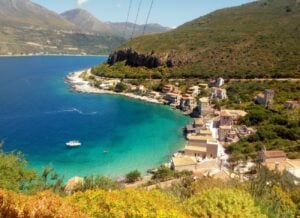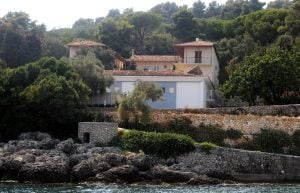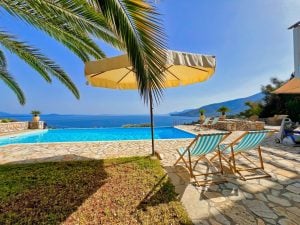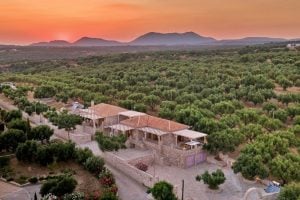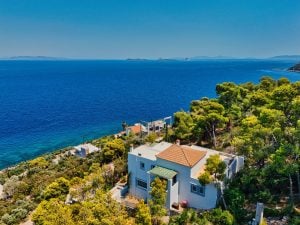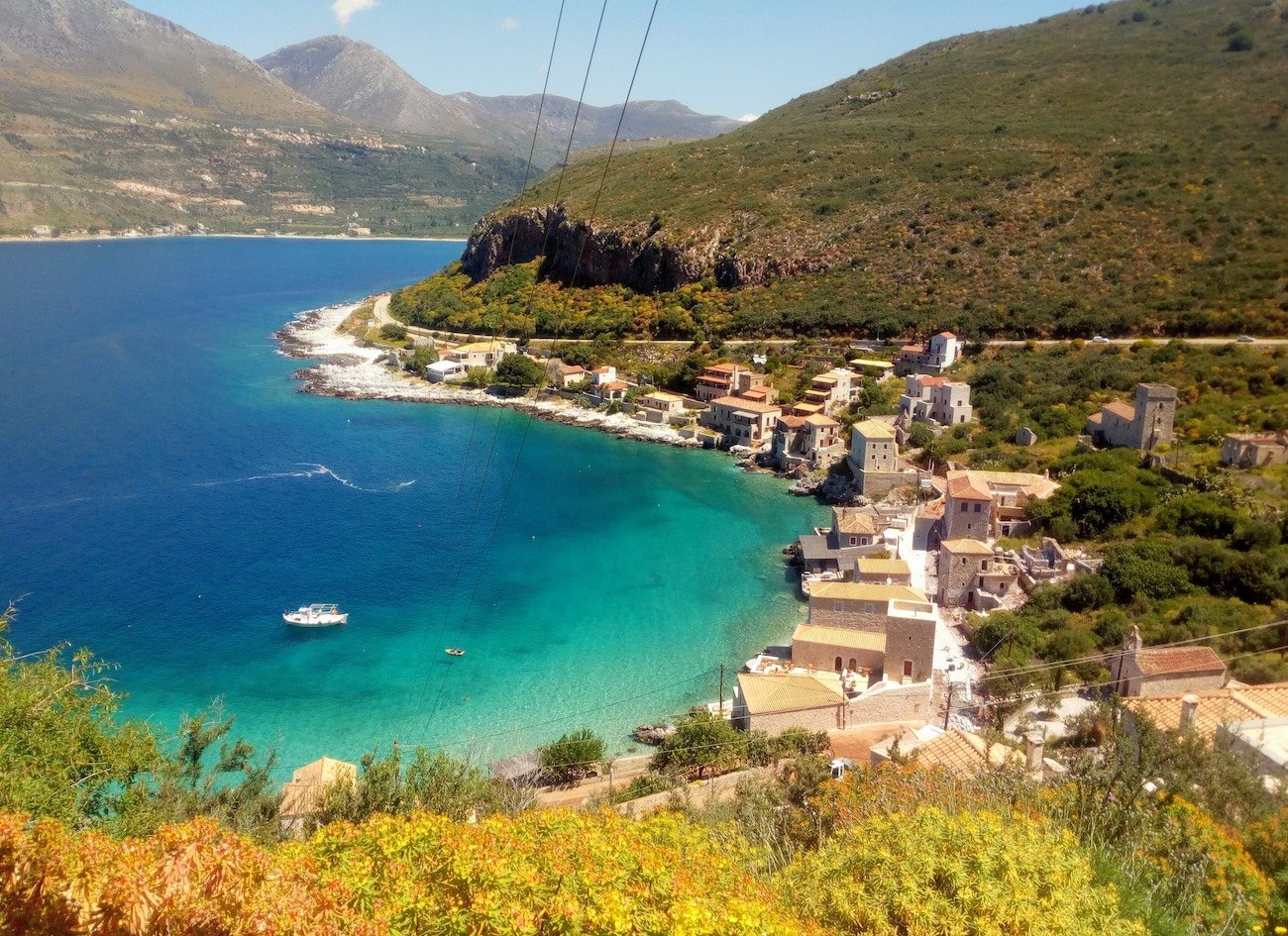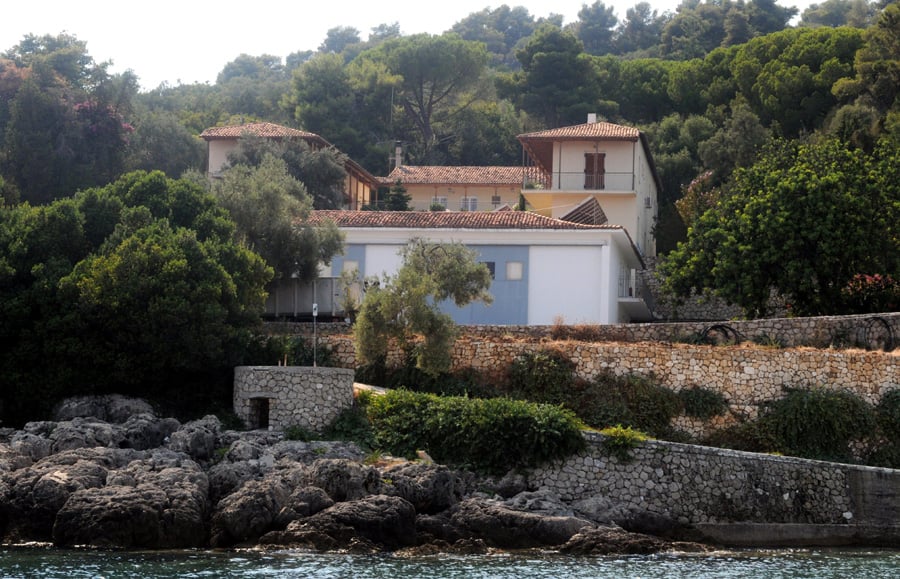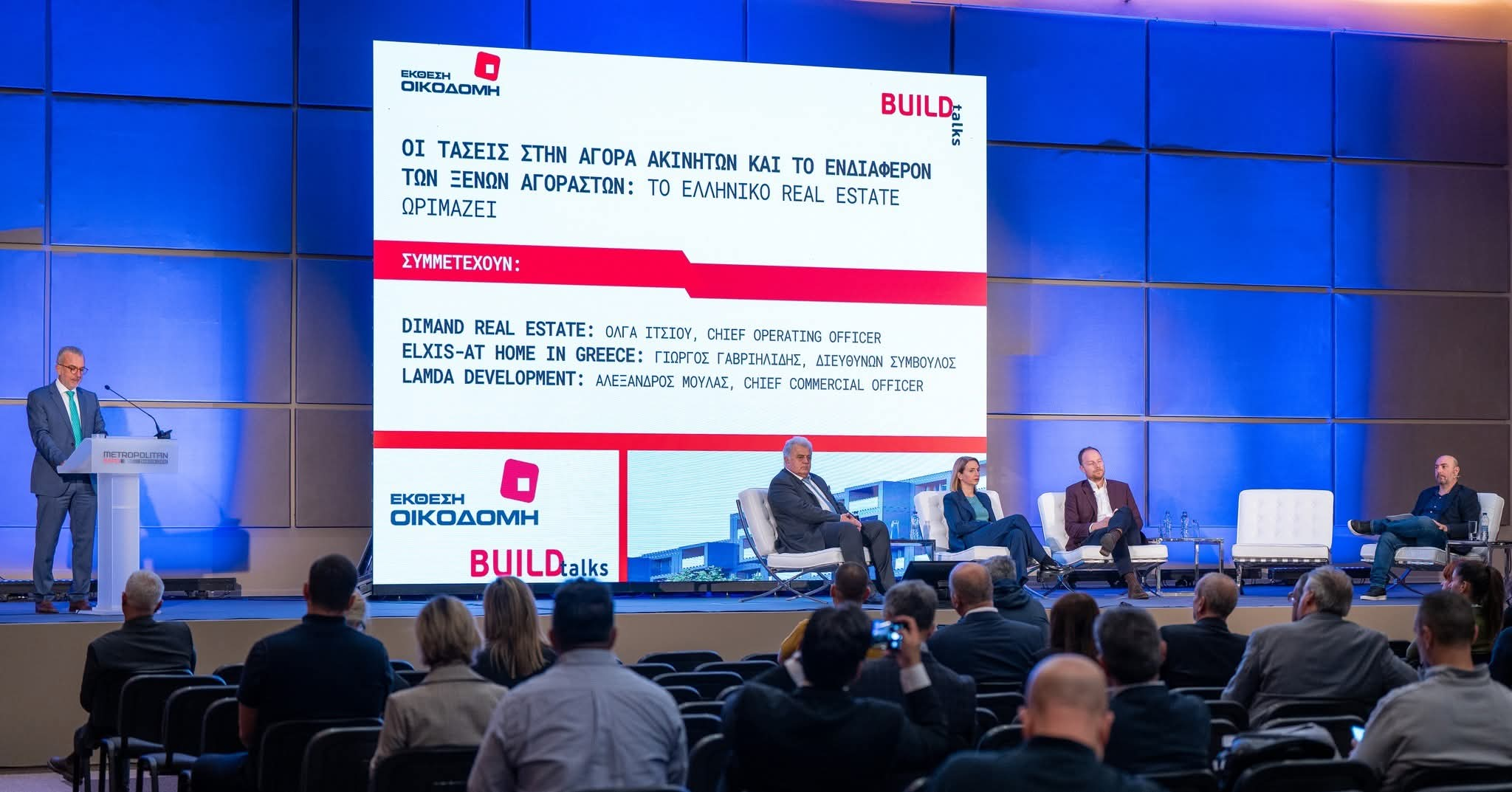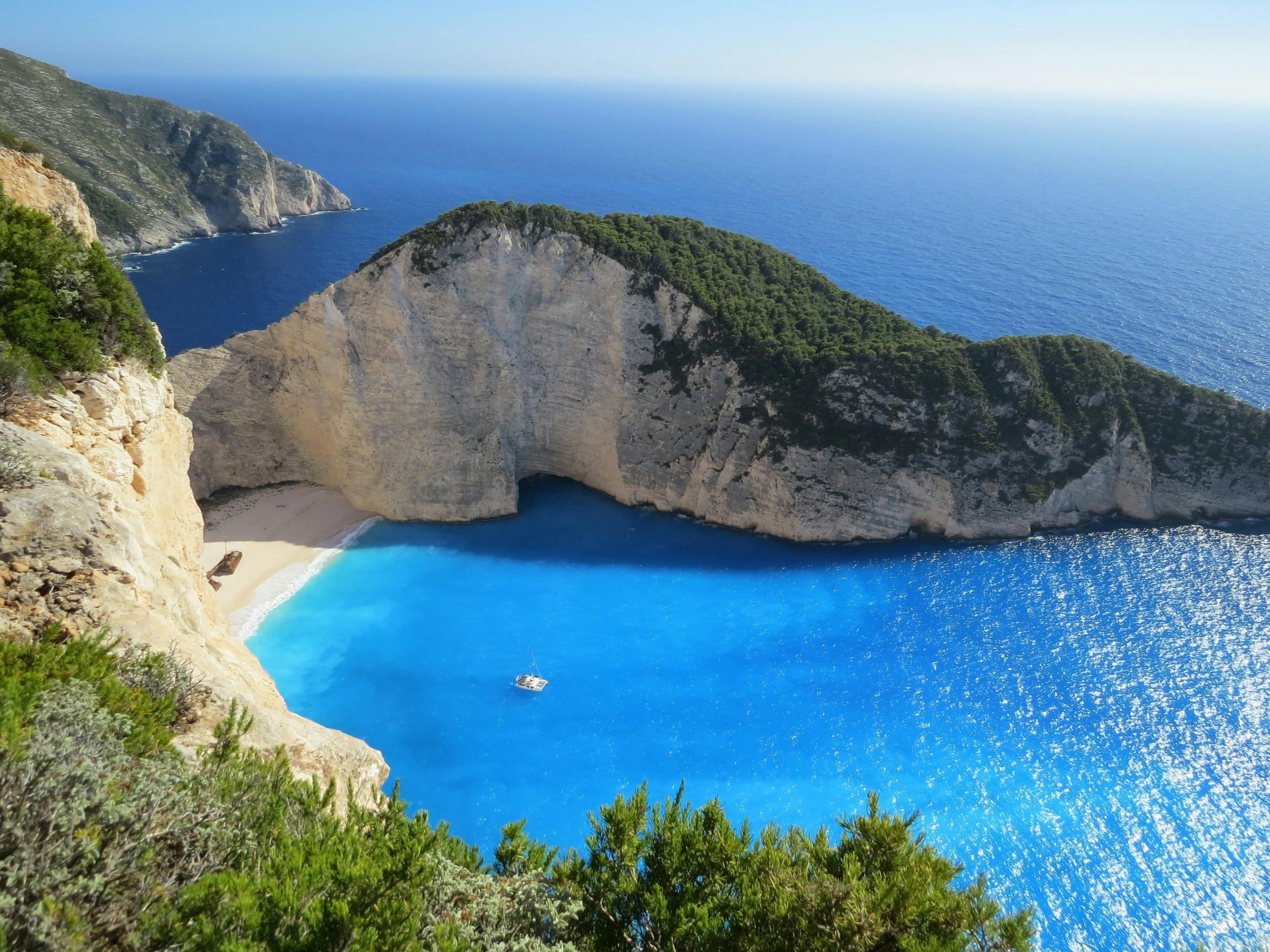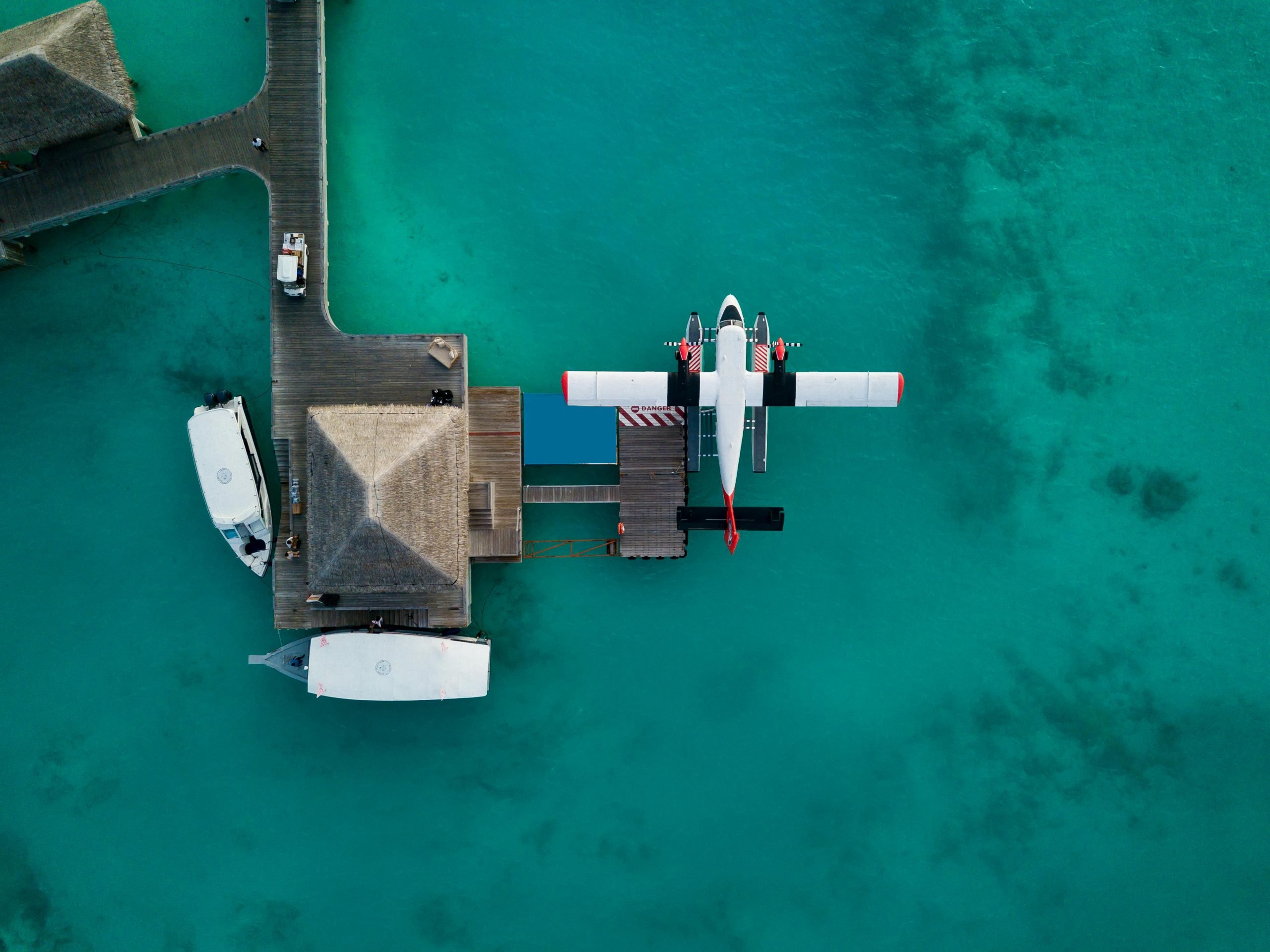Choosing where not to stay in Crete requires understanding areas that consistently disappoint visitors through overpricing, overcrowding, or poor conditions. Certain resort towns, beach areas, and accommodation zones create frustrating experiences that detract from the island’s natural beauty and authentic Greek culture. These problematic locations often feature inflated prices, excessive noise, safety concerns, or misleading accommodation offerings that leave travellers feeling exploited rather than welcomed.
What are the most overpriced tourist trap areas in Crete?
Malia and Hersonissos represent the most notorious overpriced tourist trap areas in Crete, where inflated restaurant prices, expensive drinks, and commercialised attractions create poor value for money. These heavily developed resort towns charge premium rates for mediocre experiences whilst offering little authentic Greek culture.
The northern coastal strip between Hersonissos and Malia has become particularly commercialised, with restaurants charging double the prices found in traditional villages for inferior food quality. Beach clubs and waterfront establishments exploit their prime locations by implementing excessive cover charges and minimum spending requirements.
Platanias near Chania also falls into this category, where beachfront tavernas charge tourist prices significantly higher than inland alternatives. The area’s proximity to major hotels creates a captive market that many businesses exploit through inflated menu prices and hidden service charges.
Avoid booking accommodation packages through resort representatives, as these often include overpriced excursions and dining vouchers that restrict your options to the most expensive establishments. Independent exploration of smaller villages like Archanes or Kritsa provides authentic experiences at fraction of resort town costs.
Which Crete locations have the worst overcrowding issues?
Balos Lagoon and Elafonissi Beach suffer from severe overcrowding during peak season, with thousands of visitors creating traffic jams, limited parking, and degraded natural environments. These Instagram-famous destinations become unenjoyable due to crowds that make relaxation impossible.
The approach to Balos Lagoon involves a challenging drive followed by a steep hike, yet hundreds of tour buses arrive daily during summer months. The small beach area cannot accommodate the visitor numbers, resulting in people standing rather than relaxing. Parking becomes unavailable by mid-morning, forcing visitors to walk several kilometres in intense heat.
Knossos Palace experiences similar issues, with cruise ship arrivals bringing thousands of visitors simultaneously. The archaeological site becomes a bottleneck where viewing exhibits requires queuing and pushing through crowds. Audio guides become useless due to noise levels from overlapping tour groups.
Chania’s Venetian Harbour, whilst beautiful, transforms into an uncomfortable maze during peak hours. Narrow streets become impassable, restaurant service suffers due to overwhelming demand, and the romantic atmosphere disappears under tourist pressure. Consider visiting these locations during shoulder seasons or very early morning hours for better experiences.
Where in Crete should you avoid due to safety or infrastructure concerns?
Remote mountain villages with inadequate road access and limited emergency services present safety risks, particularly areas accessible only via narrow, unpaved mountain roads without proper signage or mobile phone coverage. These locations can become dangerous during weather changes or medical emergencies.
The Samaria Gorge exit area at Agia Roumeli requires careful planning, as visitors can become stranded if they miss the last boat connection. The village has limited accommodation and no road access, making alternative departure arrangements difficult and expensive.
Certain coastal areas near Ierapetra experience strong currents and lack lifeguard services, making swimming dangerous for inexperienced swimmers. Beach safety information is often unavailable in multiple languages, creating risks for international visitors unfamiliar with local conditions.
Mountain driving routes, particularly around Lefka Ori, feature narrow roads with steep drops and no barriers. These routes become treacherous during rain or wind, with limited mobile coverage preventing emergency calls. Rental car insurance may not cover accidents on unmaintained mountain tracks.
When considering property investment in Greece, thorough location research becomes essential to avoid areas with infrastructure limitations that affect both safety and long-term value.
What are the noisiest areas in Crete that disrupt peaceful holidays?
Malia’s main strip and central Hersonissos create constant noise pollution from nightclubs, bars, and late-night revelry that continues until dawn. These party destinations make peaceful sleep impossible for visitors seeking relaxation, with noise levels remaining high throughout the summer season.
Accommodation near Heraklion Airport suffers from aircraft noise beginning at 5 AM and continuing past midnight during peak season. The flight path affects several nearby villages and hotel areas, making outdoor relaxation unpleasant and sleep disruption inevitable.
Chania’s old town experiences significant noise from motorcycle traffic on narrow cobblestone streets, with sound echoing off ancient walls and amplifying throughout the night. Delivery trucks serving restaurants create additional disturbance during early morning hours.
Construction noise affects many developing areas, particularly around Rethymno and expanding resort zones. Building work often begins at 7 AM and continues throughout the day, with no restrictions during traditional siesta hours. Road construction projects can last months, creating ongoing disruption for nearby accommodation.
Beach bars with loud music systems affect previously quiet coastal areas, transforming peaceful coves into party zones. Areas like Falassarna and certain sections of Vai Beach now feature competing sound systems that eliminate natural tranquillity.
Which Crete beaches and coastal areas have the most disappointing conditions?
Ammoudara Beach near Heraklion disappoints visitors with poor water quality, excessive seaweed, and overcrowded conditions that fail to meet Mediterranean island expectations. The beach suffers from urban runoff and lacks the crystal-clear waters found elsewhere on the island.
Stalis Beach presents a narrow strip of sand overwhelmed by sunbed rentals, leaving minimal space for free beach access. The water remains shallow for considerable distances, making swimming unsatisfying whilst the beach lacks natural beauty due to overdevelopment.
Certain areas of Rethymno’s town beach experience pollution from the nearby harbour, with floating debris and occasional fuel sheens affecting water quality. The beach’s proximity to the port creates an industrial atmosphere rather than the pristine coastal experience visitors expect.
Vai Beach, famous for its palm forest, often disappoints due to crowds, limited facilities, and restricted access to the best viewing areas. The beach’s natural beauty becomes obscured by commercial development and tourist infrastructure that detracts from its unique character.
Many beaches along the north coast suffer from strong winds during certain periods, creating uncomfortable conditions with blowing sand and choppy waters. These areas lack adequate windbreaks or alternative facilities when weather conditions deteriorate.
How do you identify and avoid accommodation scams in Crete?
Fraudulent listings typically feature stolen photos, prices significantly below market rates, and requests for full payment via untraceable methods before arrival. Legitimate properties provide verified contact information, detailed policies, and secure payment options through established platforms.
Warning signs include properties with no reviews, recently created host profiles, and reluctance to provide additional photos or video calls. Scammers often use urgency tactics, claiming limited availability whilst pressuring for immediate payment outside booking platform protections.
Misleading property descriptions frequently exaggerate proximity to beaches or attractions, with “beachfront” properties located several kilometres inland. Always verify distances using mapping services and read recent guest reviews mentioning specific location details and transportation requirements.
Hidden fees become apparent only after booking, including mandatory cleaning charges, tourist taxes, and utility surcharges not mentioned in advertised prices. Legitimate operators provide transparent pricing with all fees clearly stated before payment confirmation.
Overpriced accommodation relative to local standards can be identified by comparing multiple properties in the same area. Research typical accommodation costs through various platforms and local tourism websites to establish reasonable price expectations for your desired location and amenities.
Avoiding these problematic areas and accommodation issues ensures your Crete experience focuses on the island’s genuine beauty and hospitality. Whether you’re planning a holiday or considering property investment, understanding these potential pitfalls helps you make informed decisions. For expert guidance on navigating Crete’s property market and legal requirements, contact our experienced team for professional assistance.

